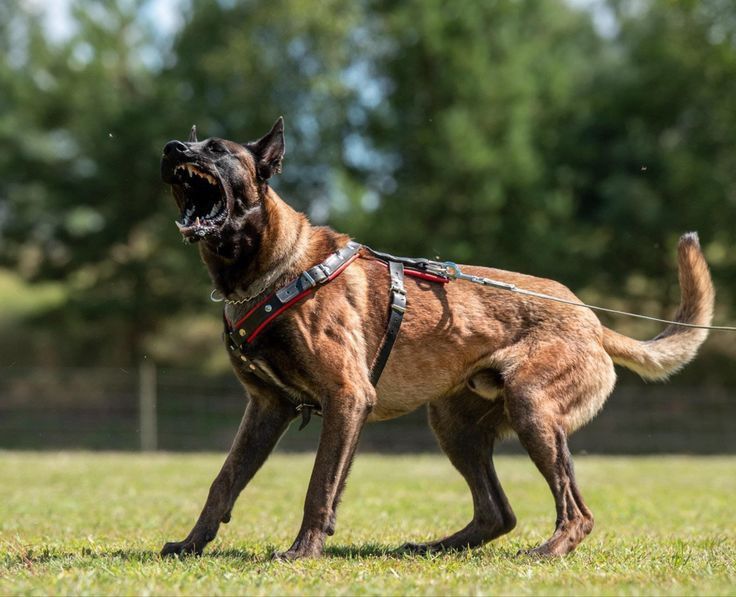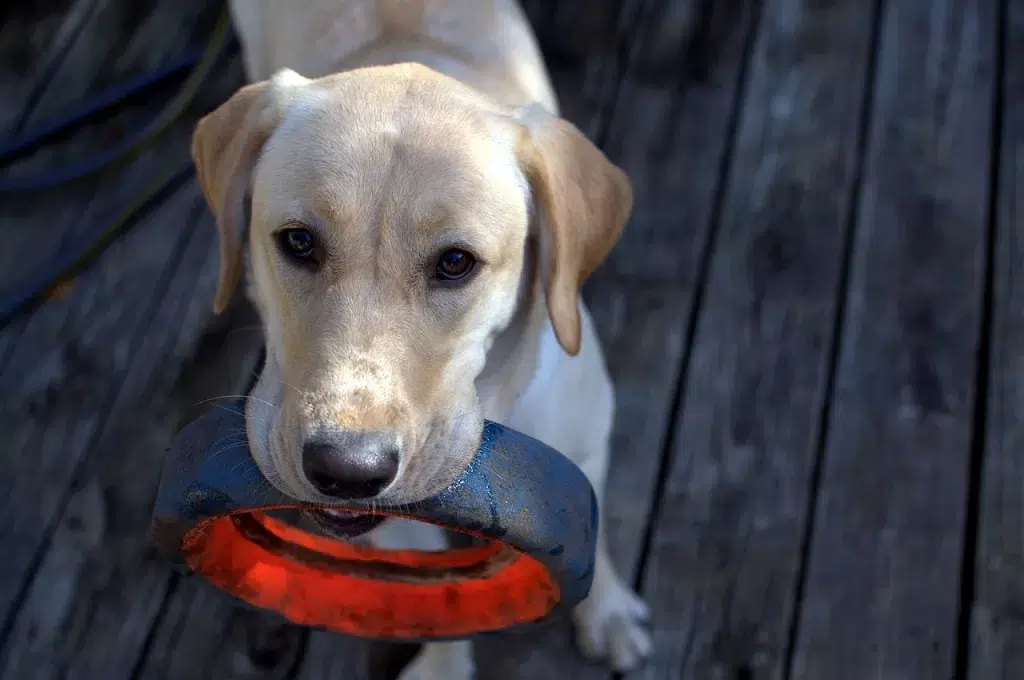React and Relax: Training Tips for Handling Reactive Dogs

Reactive Dogs Training can be a challenging experience for any dog owner. Whether your dog reacts to other dogs, people, or certain environments, it’s essential to approach their training with patience and understanding. A reactive dog can become overly excited, scared, or aggressive in response to various stimuli, but with the right techniques and training strategies, you can help your dog become more calm and confident in different situations. In this blog, we’ll explore some tips for handling reactive dogs and creating a peaceful training experience.
Understand Your Dog’s Triggers:
The first step in training a reactive dog is understanding what triggers their reactive behavior. Observing your dog’s reactions and keeping a diary of their triggers can help you pinpoint the specific situations, sounds, or objects that cause your dog to react. Once you know their triggers, you can develop a plan to manage and train your dog effectively.
Create a Safe Space:
Having a safe space for your dog can be incredibly beneficial. This could be a designated area in your home where your dog can retreat to when feeling anxious or stressed. Make sure the space is comfortable and free of distractions, allowing your dog to relax and feel secure.
Use Positive Reinforcement:
Positive reinforcement is a powerful training tool for any dog, especially reactive dogs. Rewarding your dog for calm behavior can help them associate triggers with positive experiences. Use treats, praise, or toys as rewards when your dog remains calm in situations that would typically provoke a reaction.
Gradual Exposure:
Gradual exposure, also known as desensitization, involves slowly introducing your dog to their triggers in a controlled environment. Start with a distance where your dog feels comfortable and gradually move closer to the trigger as your dog becomes more relaxed. Always reward calm behavior and take breaks if your dog shows signs of stress.
Teach Impulse Control:
Training your dog to control their impulses is crucial for managing reactive behavior. Techniques such as “leave it” and “look at me” can help your dog focus on you instead of reacting to their triggers. Practice these commands regularly to build your dog’s impulse control.
Provide Mental and Physical Stimulation:
A well-exercised and mentally stimulated dog is less likely to react negatively to triggers. Engage your dog in activities such as puzzles, scent work, or training exercises to keep their mind and body active. Regular walks and playtime can also help burn off excess energy.
Use Tools Wisely:
Tools such as head halters or harnesses can provide better control over your dog during walks and training sessions. Consult with a professional trainer to determine the best tool for your dog’s needs and how to use it correctly.
Seek Professional Help:
If you’re struggling with your dog’s reactive behavior, don’t hesitate to seek the help of a professional dog trainer or behaviorist. They can provide personalized guidance and support tailored to your dog’s specific needs.
Be Patient and Consistent:
Training a reactive dog takes time and consistency. Remember to be patient with your dog and yourself as you work through challenges together. Celebrate small victories and keep a positive attitude throughout the training process.
Conclusion
Handling a reactive dog requires understanding, patience, and a commitment to training. By following these tips and staying dedicated to your dog’s well-being, you can help your dog become more relaxed and confident in various situations. Over time, you’ll see progress in your dog’s behavior and enjoy a more harmonious relationship with your furry companion.
React and Relax: Training Tips for Handling Reactive Dogs Read More »









